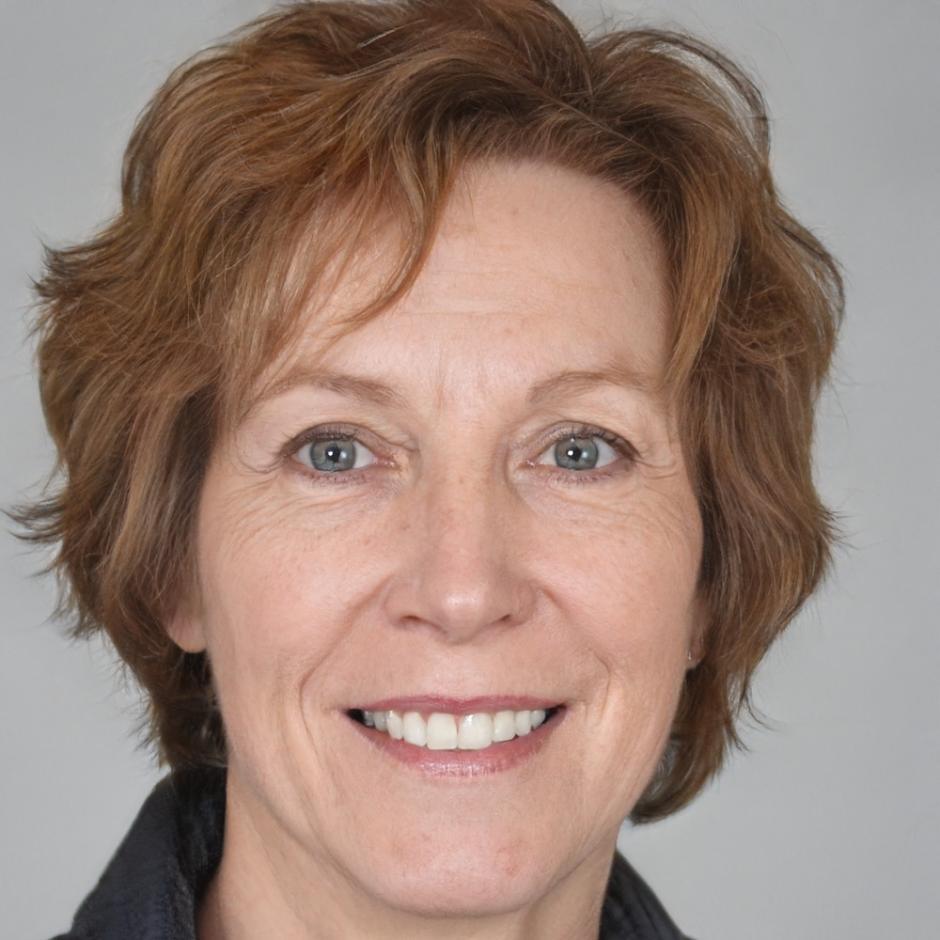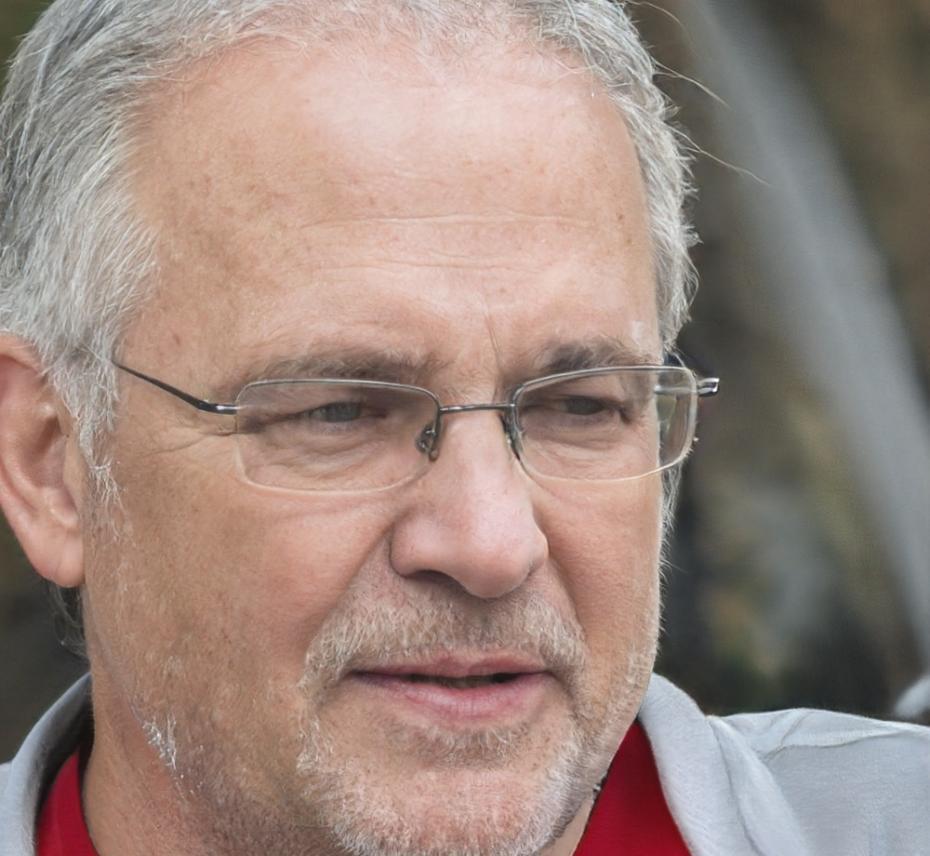Budget Deviation Analysis: Practical Training for Real-World Scenarios
Learn to spot financial discrepancies before they become expensive problems. Our eight-month program combines hands-on analysis with actual case studies from Australian businesses, giving you tools that work in practice—not just theory.
Start Your Application



Practitioners Who've Been There
We've assembled a teaching team that still works in the field. They're not just reading from textbooks—they're sharing mistakes they've made, shortcuts they've discovered, and the unglamorous bits that don't make it into finance articles.
Each instructor brings a different perspective. One spent years untangling budget messes at mining companies. Another specialized in retail forecasting where margins are razor-thin and mistakes show up immediately.
Spent 14 years fixing broken budgets at mid-sized manufacturers. Now teaches the warning signs she wishes she'd known earlier in her career.
Worked through three economic downturns managing cost controls. Believes in teaching methods that hold up when markets get unpredictable.
Built reporting systems for companies that went from chaos to clarity. Focuses on practical approaches that don't require expensive software.
How We Actually Teach This Stuff
Real Documents, Real Problems
We use anonymized financial statements from actual businesses—complete with the messy data entry, unclear categorization, and inconsistent formatting you'll encounter in practice. You'll learn to work with what you get, not idealized examples.
Small Group Analysis
Classes max out at 16 participants. You'll work in rotating teams of three to four people, mimicking how finance departments actually function. Different perspectives catch different issues—that's the point.
Pattern Recognition Training
Most budget problems follow patterns. We've catalogued hundreds of deviations from Australian businesses and built exercises around the most common ones. By month six, you'll start recognizing issues before diving into the numbers.
Context Over Formulas
Yes, you'll learn the calculations. But we spend more time on interpreting results—understanding when a variance matters and when it doesn't, how to present findings to non-finance people, and which battles are worth fighting.
Eight Months, Four Phases
The program runs from August 2025 through March 2026. Each phase builds on the previous one, moving from basic concepts to complex multi-department scenarios.
Foundation Phase
Budget basics, variance types, and common reporting formats. You'll work with simple departmental budgets to understand how deviations appear and why they happen. Weekly assignments use real templates from Queensland businesses.
By the end, you'll be able to spot obvious discrepancies and explain what likely caused them.
Investigation Phase
Digging deeper into variance causes. You'll learn interview techniques for getting information from department heads, how to trace transactions, and when to escalate concerns. Case studies from hospitality and construction sectors.
You'll develop a systematic approach to investigating deviations rather than guessing.
Reporting Phase
Communicating findings to different audiences. You'll create executive summaries, detailed variance reports, and presentations for board meetings. Practice sessions with feedback from working CFOs.
Your reports will be clear enough that non-finance people understand the implications.
Integration Phase
Complex scenarios involving multiple departments, competing priorities, and incomplete data. You'll manage a simulated budget crisis over six weeks, making decisions in real-time with limited information—just like the actual job.
You'll have a portfolio of work samples to show potential employers or use in your current role.
What People Usually Ask
Do I need prior finance experience?
You should be comfortable reading basic financial statements and understand fundamental accounting principles. We're not teaching intro accounting—we're teaching how to find problems in budgets. If you've worked with budgets in any capacity, you're probably ready. Contact us if you're unsure about your background.
What's the time commitment?
Plan on 8-10 hours per week. That includes a 2-hour evening session (Wednesdays 6-8pm AEST), plus homework and case study work. Some weeks are lighter, some heavier—especially during the final phase when you're managing the simulation.
Is this recognized by professional bodies?
We're not accredited for CPD points if that's what you're asking. This is practical skills training, not certification prep. However, many participants have used their portfolio work as evidence for promotions or role changes. It demonstrates capability better than a certificate sometimes does.
Can I join if I'm outside Queensland?
Sessions run online, so location doesn't matter as long as you can make the Wednesday evening time slot. Case studies draw from businesses across Australia, though we have more Queensland examples since that's where we're based. Learn more about our approach.
What happens after the program ends?
You'll have access to course materials and case studies for 12 months. We also run optional quarterly workshops for alumni covering new techniques or industry changes. There's no ongoing fee—these are included because we find people benefit from periodic refreshers.
How do I apply for the August 2025 intake?
Fill out the application on our contact page. We'll schedule a 20-minute call to discuss your background and goals, make sure the program fits what you need. Applications close July 15, 2025. Classes start August 6th.